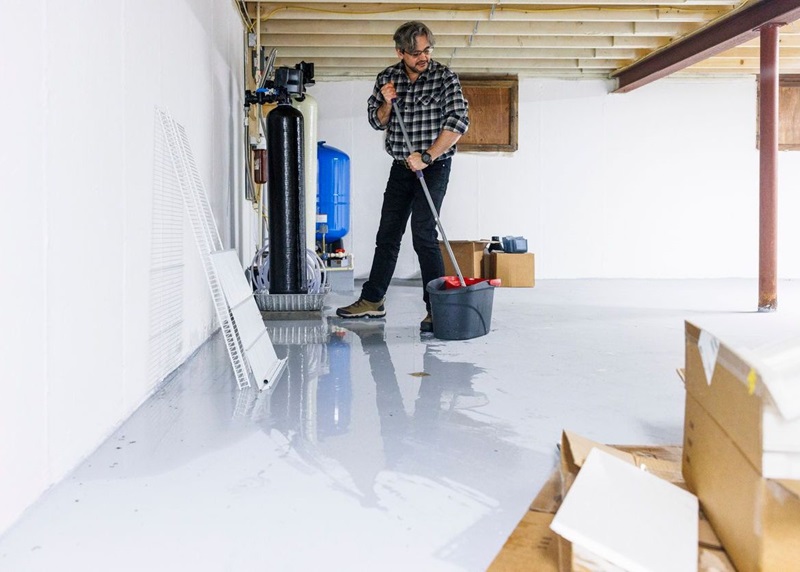While claims adjusting firms are finding ways to cope with a flood of insurance claims following a record-setting summer NatCat season, the volume is leading to changes in some insurers’ settlement strategies.
“Severe constraints in the supply chain of restoration contractors are limiting insurers’ ability to complete repairs as part of the claims process,” note Crawford & Company (Canada) president Greg Smith and Cortney Young, vice president for Platforms Solutions & Contractor Connection Canada.
“In the first Cat of the season, we saw contractors mobilize from unaffected areas to assist. However, many had to withdraw as Cats in their home provinces required their attention.”
Efforts to secure sufficient capacity and proactively plan have helped ease the strain. So has leveraging digital tools to gather information needed to wrap up investigations and issue estimates. Both factors have helped cut down the time adjusters must spend in customers’ homes.
“Our adjusters have also assisted insurers in sourcing estimating services from a company outside of the region to assist with backlogs,” say Smith and Young.
Cascading catastrophe costs
So far this year, Canadian property and casualty insurers have paid out $7.7 billion in insured damage in 2024, $7.1 billion of which was from four large Cats this summer — the Calgary hailstorm ($2.8 billion), flooding in Quebec ($2.5 billion), Toronto flooding ($940 million) and the Jasper, Alta. wildfire ($880 million).
Given the upward shift, one change that warrants watching is a prevalence of cash settlement in some cases where damages are relatively minor, Smith and Young tell CU. This includes some Calgary hail damage and Montreal flooding incidents.
“When damages exceed a $10,000 or $20,000 limit, insurance carriers will simply pay that amount out and close the claim,” the two executives note.
“This approach is very effective for smaller losses, but it does come with risks that need to be managed. An accurate estimate of repairs must be prepared to base the settlement on and repairs must be completed safely and properly. If water damage isn’t properly mitigated, it can cause additional damage in the future for the policyholder.”
Feature image by iStock/GiorgioMagini









